Season 3: Building business resilience
Finding your way as a sustainable business
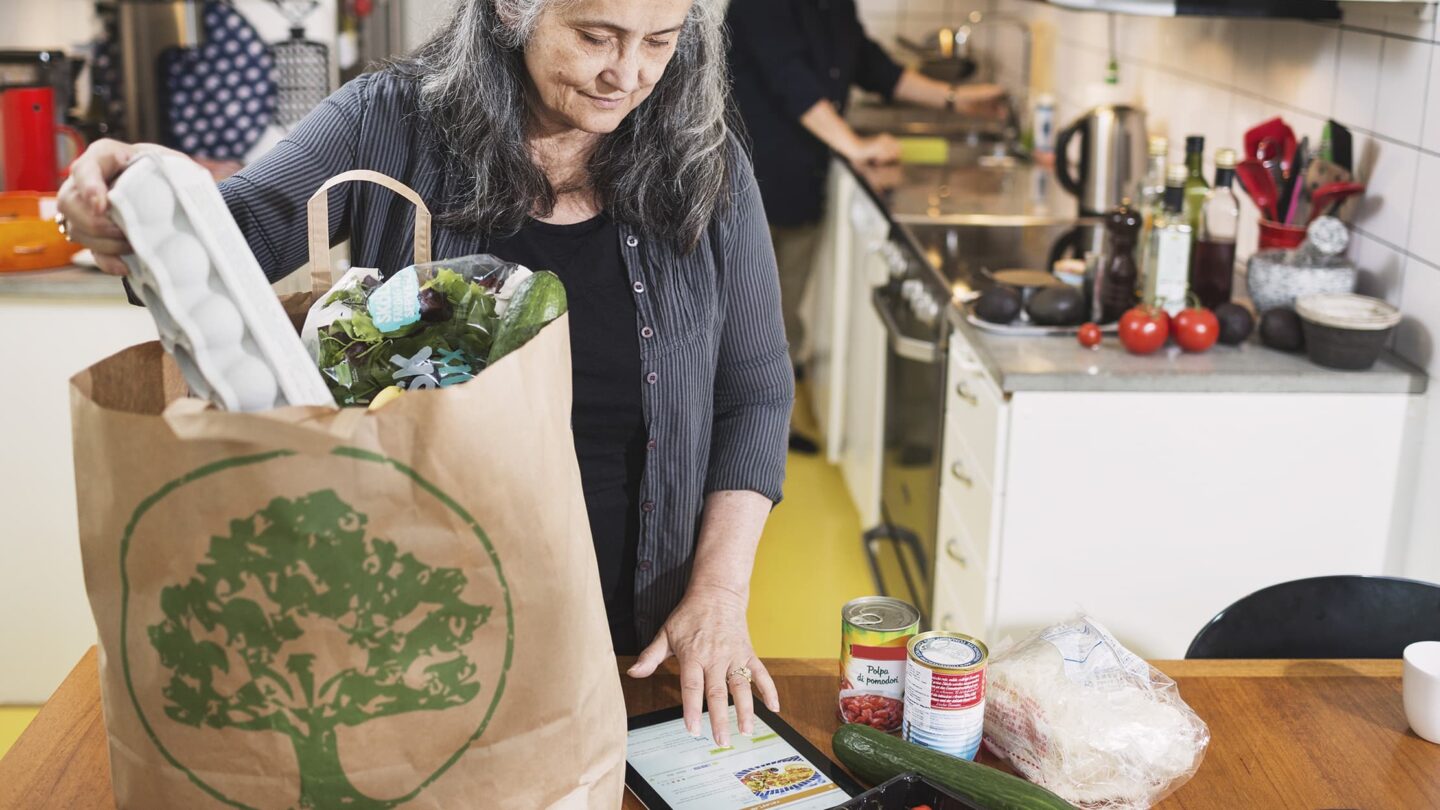
Whatever you make, or whatever your service, I believe that as business leaders, you can – and must – make a difference when it comes to responding to the climate crisis. However, I appreciate that for many, it’s difficult to know where to start.
What do I know?
What I can share is where we started at Interface. We’re a manufacturer of flooring with a long history in sustainability. Today we are certified as a carbon neutral company, that makes carbon neutral products and we’ve even launched our first carbon negative products.
Back in the 1990s, our founder Ray Anderson had realised the impact the business was having on the planet. He turned to experts from science, design and sustainability to help determine the key areas of change for our business. It became known as The Seven Fronts:
- Eliminating Waste
To eliminate waste in all forms in every area of the business. - Benign Emissions
To eliminate toxic substances from products, vehicles and facilities. - Renewable Energy
Operate facilities with 100% renewable energy. - Closing the Loop
To embrace the circular economy by designing products to close the technical loop using recycled and bio-based materials. - Resource Efficient Transportation
To transport people and products efficiently to eliminate waste and emissions. - Sensitising Stakeholders
To create a culture that uses sustainability to improve the lives and livelihoods of all of our stakeholders, including employees, suppliers, investors and communities. - Redesigning Commerce
Create new business models that demonstrate and support the value of sustainability-based commerce.
The Seven Fronts were a great start point for us in 1990s, but companies that are evaluating their sustainability journey today should be aware that best practice linked to carbon footprints, circular economy, human rights and social impact have become much more sophisticated.
You can only manage what you measure
That said, a key principle that underlines sustainability is that you can only manage what you measure. You have to be willing to ask yourself, “How far have we come? Where are we moving quickly? Where are we lagging behind? Where can we get to?”
Then you need to develop a metrics system to track progress toward your sustainability goals. At Interface, we called these metrics our Ecometrics and they focus on the material and energy that flows in and out of our company. Our ecometrics look at what we take in (in terms of materials and energy) and measure what comes out (in the form of products, waste and carbon emissions).
A Carbon Neutral Enterprise
The Ecometrics acted as a barometer for Interface and inspired us to innovate and improve. It is these metrics that have allowed Interface to become a Carbon Neutral Enterprise – a carbon neutral company, offering carbon neutral products to the market.
In relation to our carbon emissions as a company and in our supply chain, we were able to track our energy usage and drive efforts to increase efficiency and the use of renewable energy. Over time, it allowed us to set targets and improve. Today all electrical energy we use in our factories around the world is from a renewable source.
In turn, this has helped us reduce the greenhouse gas emissions in our factories by 96% compared to the 1990s.
Decarbonising our products and factories
In relation to our products, measurement centred around establishing what carbon emissions were emitted through all aspects of a product’s life. From raw material extraction to manufacture right through to the use and end of life of our products, we use the internationally accepted standard of the Greenhouse Gas Protocol and measure our products through Life Cycle Analysis.
By embracing recycled materials, designing out waste and working with our supply chain, we have reduced the carbon footprint of our carpet tiles by 76%, compared to 1994.
A willingness to reduce the carbon footprint of our facilities and products allowed us to be in a position to reach a milestone of carbon neutrality as both a company and through our products through offsetting the remainder with verified carbon offsets to support reforestation, renewables and a range of social impact projects.
Climate Take Back
But we know there’s more reduction to be made and that lies at the heart of Interface’s current mission, Climate Take Back – to run our business in a way that helps reverse climate change. By 2040, we aspire to be a carbon negative company making carbon negative products without using offsets. That means the reductions must continue and carbon neutral is but a milestone.
A regenerative mindset
Climate Take Back is indicative of an important trend in corporate sustainability. There is increasingly a sense that sustainability as a means of “doing less bad” is not enough and that companies need to find a way “to do more good” to redress the imbalance. This is called Regenerative Business, and is focused on using the ability of corporate entities to provide environmental and social benefits.
For example, under this approach, to tackle your carbon emissions, focusing just on mitigating your emissions is not enough… you need to be thinking about tackling emissions with your suppliers and customers, and you probably need to be thinking about supporting human and natural forms of carbon sink. At Interface, we’re partnered with Biomimicry 3.8, on a project called Factory as a Forest. The principle is that instead of a factory only taking resources, a virtuous factory could provide many positive ecosystem services—such as clean air and energy, potable water, carbon sequestration, and nutrient cycling—that the local ecosystem it replaces would have provided.
A good place to start
For SMEs, my top tip would be to visit the SME Climate Hub delivered by the We Mean Business Coalition and the United Nations Race to Zero Campaign. Here you will find great tools to start your sustainability journey by calculating your carbon impact, alongside free training courses on how you can cut your emissions.
Wherever you are on your sustainability journey – good luck! The transition to become a more sustainable business is a complex one, but hopefully this has helped point you in a good direction.
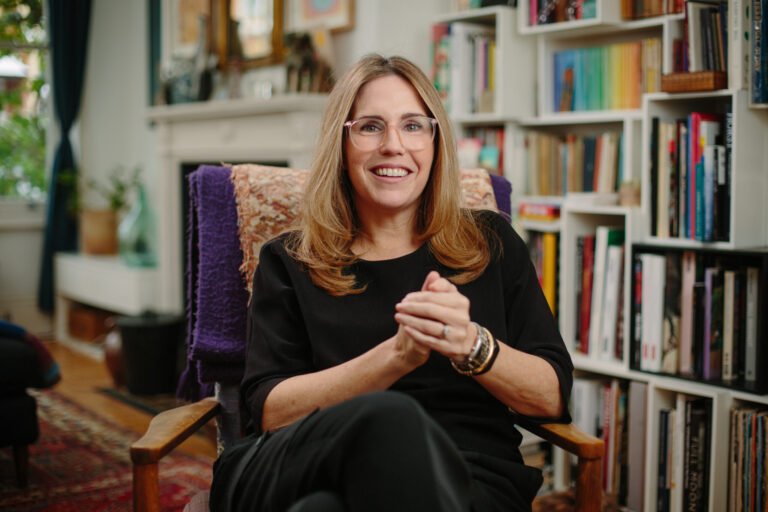
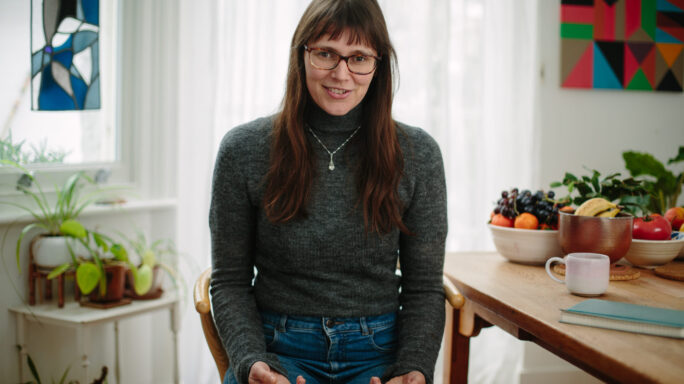
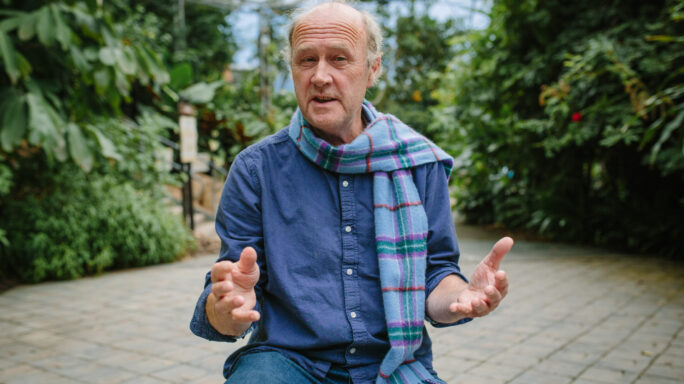
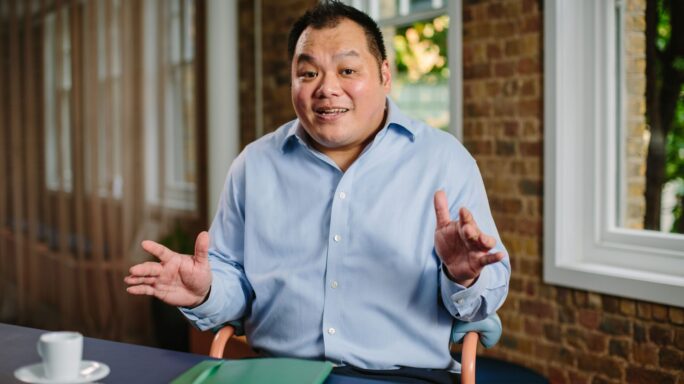
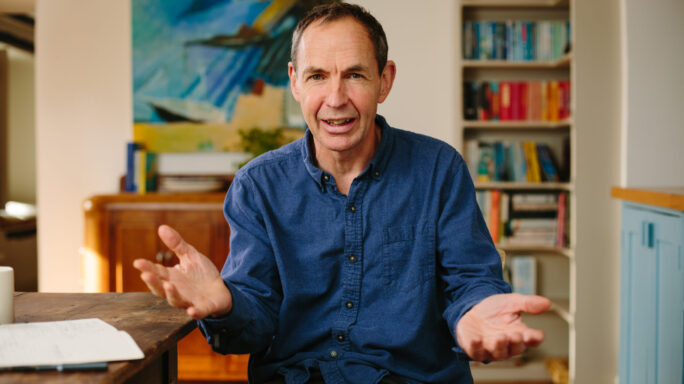
Leave a comment